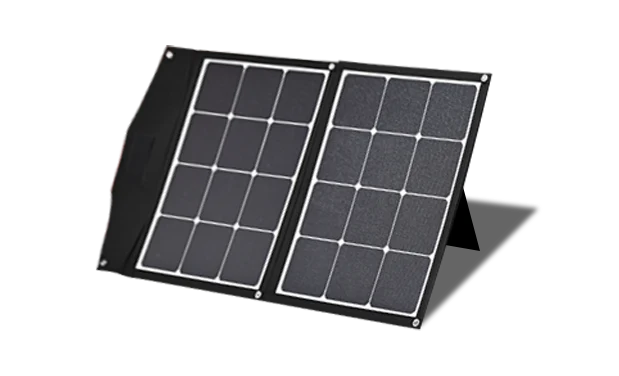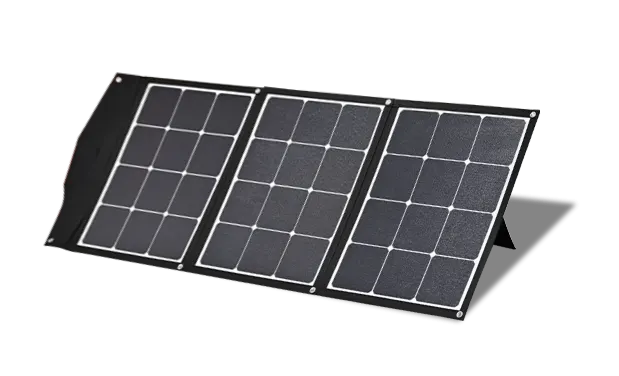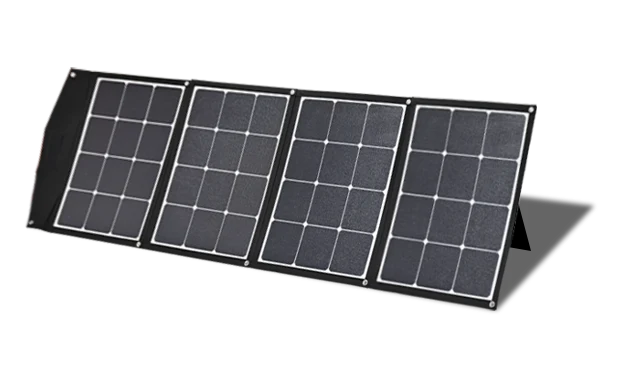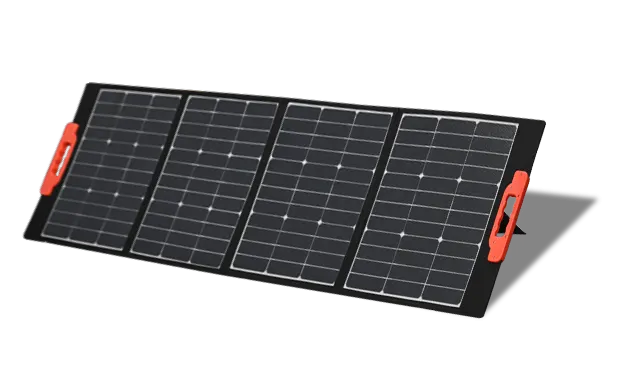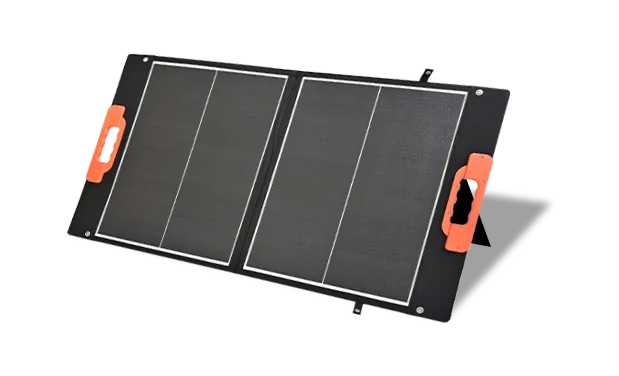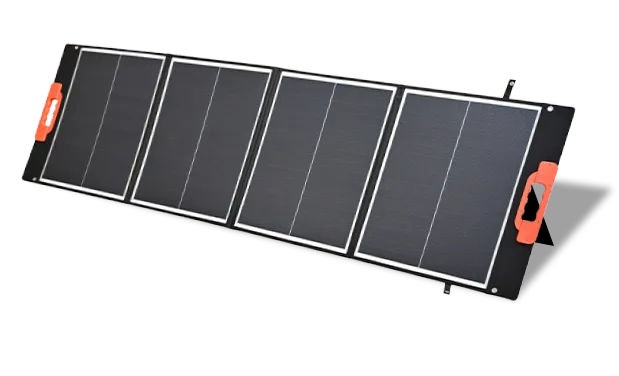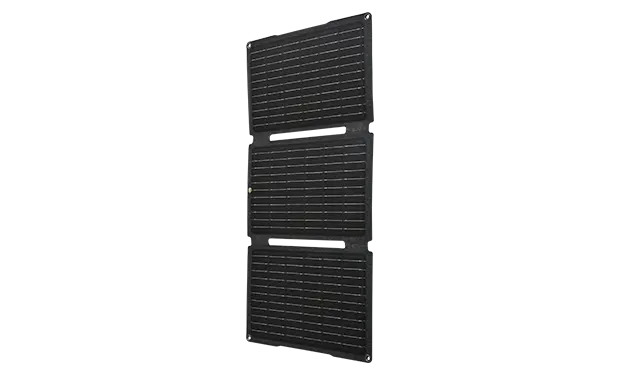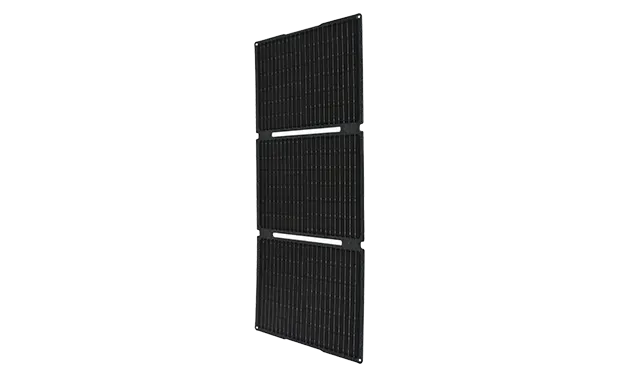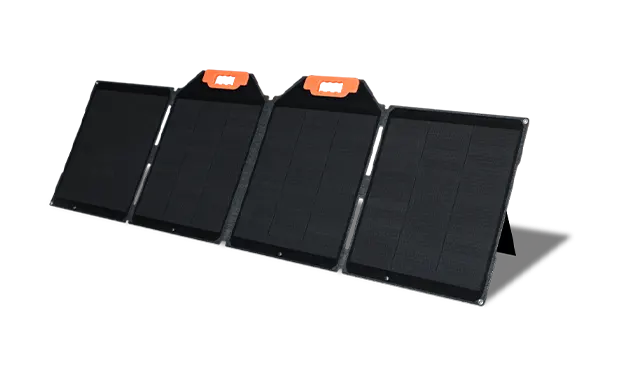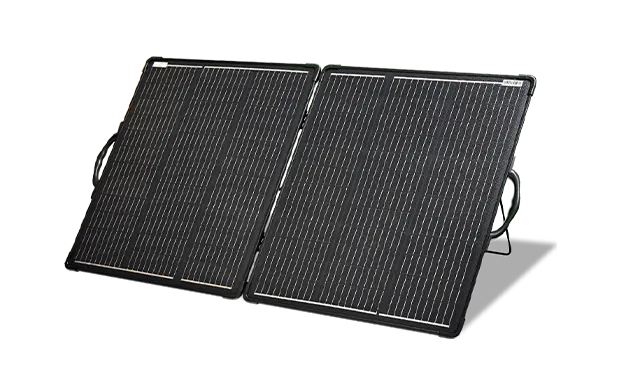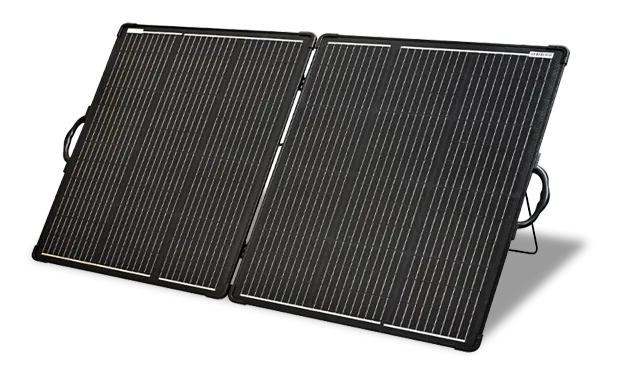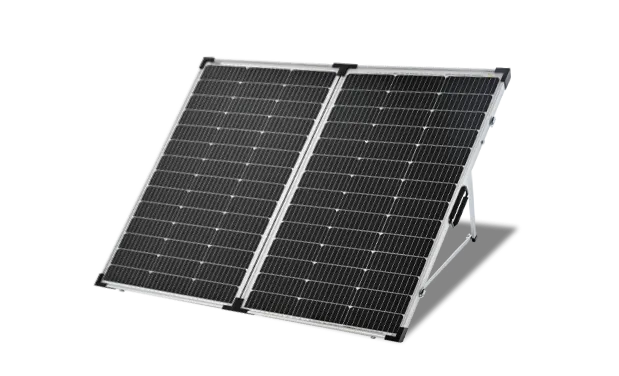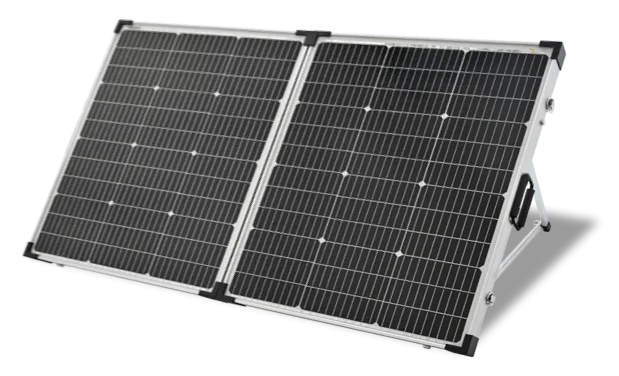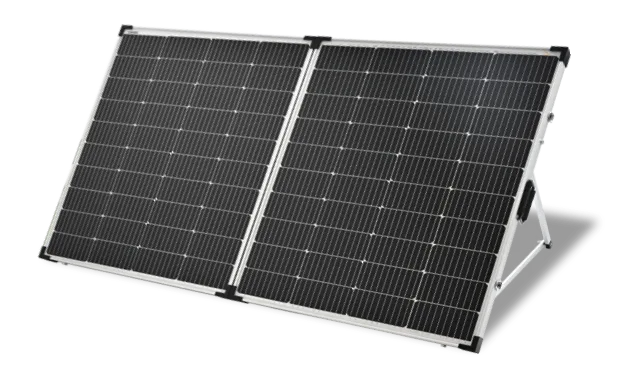How many solar panels does a 2000 square foot house need?
The number of solar panels needed for a 2000 square foot house depends on several factors, including the location of the house, the amount of sunlight it receives, the efficiency of the solar panels, and the household’s energy consumption.
On average, a typical residential solar panel installation in the United States might require about 20 to 25 solar panels to generate enough electricity to meet the needs of a 2000 square foot house. However, this is a rough estimate, and the actual number can vary.
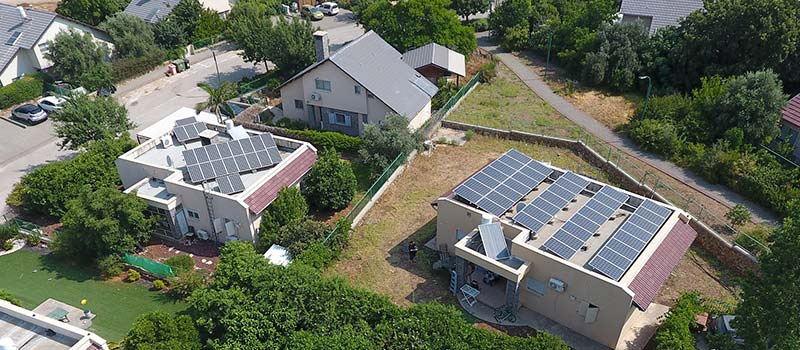
Consider environmental factors
Environmental factors play a huge role in solar power generation – the most important ones being temperature, humidity and sunlight exposure. When estimating the number of panels you need, it’s a good idea to look back at several years of data. Many weather forecast websites will have information on temperature and humidity records.
More solar panels for home details
The average size of a U.S. home is actually just over 2000 square feet, and its occupants use about 10,800 kilowatt hours of electricity per year. Of course, this number varies based on the type of home (e.g. apartment vs. single-family) and the state the home is located in, but we’re talking about averages here.
The state you live in determines the efficiency of your solar panels. On the high end, a one-kilowatt (kW) solar panel in Arizona produces about 1,900 kilowatt-hours a year. On the low end, the same 1 kW solar panel would only produce 1,400 kWh in Michigan. Michigan requires 7.7 kilowatts of solar installations to produce 10,800 kilowatt hours of solar energy (10,800 divided by 1,400), while Arizona requires 5.7 kilowatts of solar energy (10,800 divided by 1,900).
Evaluate solar panel efficiency
Every solar panel has an efficiency rating, which is a percentage that tells you how much solar energy the panel can convert into electricity. Even small changes in efficiency ratings are important because they can significantly affect power production.
An efficiency rating of 20% is considered good; a rating of 22.4% is the highest for a home setup. Monocrystalline solar panels, such as sungold’s high-efficiency 400w rigid solar panels, can achieve efficiencies of up to 23%.
Once you calculate your home’s energy use, you can estimate how much solar energy you need to produce.
For this example, let’s assume you have a 2000 square foot house that you want to power entirely with 400w (watts) solar panels. The average monthly electricity consumption of a 2000 square foot house is about 1,000 kWh (kilowatt hours), which means the average daily electricity consumption is 32 kWh.
A typical 400w panel can produce between 1.2 kWh and 3 kWh per day, depending on when the sun is peaking. To be on the safe side we will use a median of 2 kWh.
To estimate how many solar panels you need, divide your total daily energy consumption (32 kWh) by the median daily power generated by one solar panel (2 kWh). Based on these averages, we would need 16 400 watt panels to run the house entirely on solar power.

What is the average kilowatt hour used by a 2000 square foot house?
For a 2000 square foot house in Texas, the average monthly electricity usage is 1,000 to 2,000+ kWh. But your actual usage may vary significantly, depending on:
Location – Usage may vary depending on climate.
Insulation – A well-insulated home is more energy efficient.
Heating and cooling systems – Old or inefficient systems use more electricity.
Appliances – Energy-efficient models consume less electricity.
Habits of residents – save energy and reduce usage.
Weather – Extreme temperatures can increase the use of air conditioning and heating.
To find out your specific usage, look at a past electricity bill, which shows your monthly kilowatt-hour consumption. This can help you identify seasons when cooling or heating needs are higher.
Understanding your historical usage makes it easier to choose an electricity plan that fits your home’s unique energy needs and usage patterns.
FAQ
How many solar panels do you need for your home?
You can’t tell how many solar panels you need based on the size of your home. Instead, you can estimate your solar needs by looking at your usage and determining how much electricity each solar panel can produce in a year. Every home is different, and factors that determine your needs include the types of appliances you have, your location and the design of your roof.
How much kW is required for a house?
This means that the average household in India uses around 3,600 kWh of electricity per year. This is a rough estimate and will vary depending on factors such as the number of people living in the house, the appliances used, and the size of the house
How many watts does a 2000 square foot house use?
The average family with a 2,000 ft2 home may require up to 30,000 watts hours (30kWh) to power all of their devices, appliances, laundry, air conditioning, and heating units for a day. Around 5000 watts of AC output should simultaneously power the essential
How much would it cost to install solar panels for a US of about 2000 square foot house?
Although the amount of energy a household uses will influence how many solar panels it needs, it will likely cost around $20,000 to install solar panels on a 2,000-square-foot home.
Which appliances consume the most electricity in a 2,000 square meter house?
Heating and Cooling: 45-50% The largest electricity consumer in the average home is heating and cooling equipment. …
Water heater: 12%…
Lighting: 9-12%…
Refrigerator: 8%…
Washers and dryers: 5%…
Electric oven: 3%…
Dishwasher: 2%…
TVs and cable boxes: 2%





